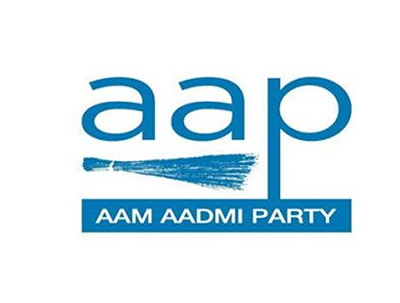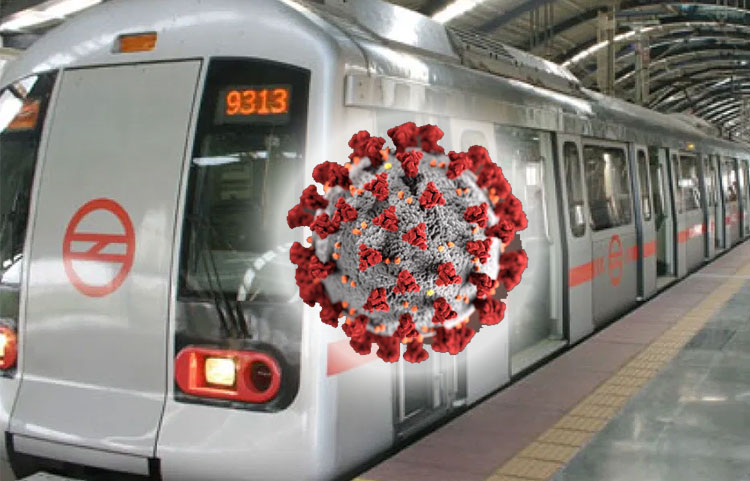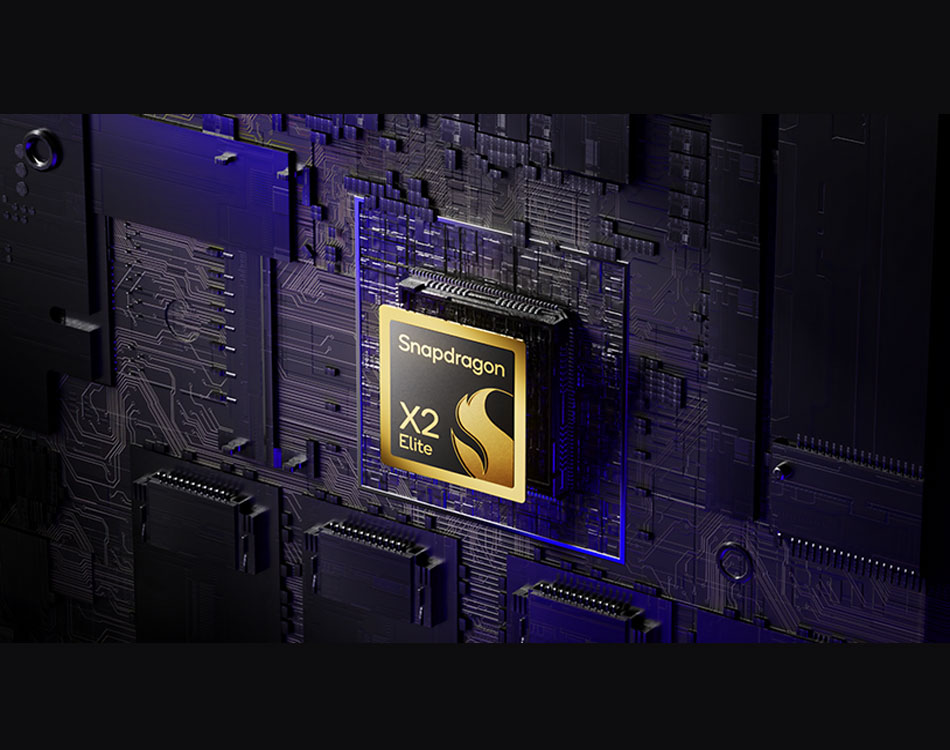
Despite the fact that Delhi had the lowest level of pollution in October this year, the air quality index (AQI) has deteriorated in the last three days, according to state environment minister Gopal Rai, owing to firecrackers and an increase in stubble burning.
Despite the fact that Delhi had the lowest level of pollution in October this year, the air quality index (AQI) has deteriorated in the last three days due to firecrackers and an increase in stubble burning, according to state environment minister Gopal Rai.
However, he claimed that pollution is lower this year than the prior year, despite the fact that Delhi's overall air quality has deteriorated to the 'severe' category, with an AQI of 531.
“Some people had intentionally asked people to burst firecrackers during Diwali festival. Opposition was underestimating the point that pollution increases due to the bursting of firecrackers," said Rai.
According to NASA images, about 3,500 stubble burning incidents are occurring in neighbouring states, he added.
SAFAR, the government's air quality forecasting body, claimed during the day that stubble burning was responsible for 36% of Delhi's PM2.5 pollution on Friday, the highest level this season.
"The overall air quality of Delhi plunged to the upper end of the 'severe' category with additional firework emissions. The share of stubble emissions has peaked today at 36%," said Gufran Beig, the founder-project director of SAFAR.
He also said, "Local winds have picked up, and fast dispersion (of pollutants) is expected now. Without any more firecracker emissions, the AQI will improve to the 'very poor' category by tonight although the stubble contribution is expected to remain almost the same (on Saturday).”
Farm fires contributed to 25% of Delhi's PM2.5 pollution on Thursday.
On 5 November last year, the percentage of stubble burning in Delhi's pollution reached at 42 percent. On November 1, 2019, agricultural residue burning accounted for 44% of Delhi's PM2.5 pollution.
On Diwali last year, the concentration of stubble burning in Delhi's PM2.5 pollution was 32%, compared to 19% this year.
Following uncontrolled cracker bursting on Diwali night, a dense layer of toxic haze blanketed the Delhi-NCR area on Friday, accompanied by a quick increase in emissions from stubble burning.
The Delhi government issued a blanket ban on crackers till January 1, 2022, ahead of the festive season, and launched an intensive campaign against the sale and usage of crackers.
Gopal Rai placed an anti-smog gun at the national quality on Friday in an effort to reduce air pollution. It was erected at ITO, which is regarded as one of the most polluting sites in the city owing to traffic congestion at the crossroads.
"We are installing several movable and immovable anti-smog machines in Delhi to curb the pollution. 10 big movable anti-smog machines will be on the roads. We are also initiating the process of sprinkling water at places where the pollution is severe," said Rai







